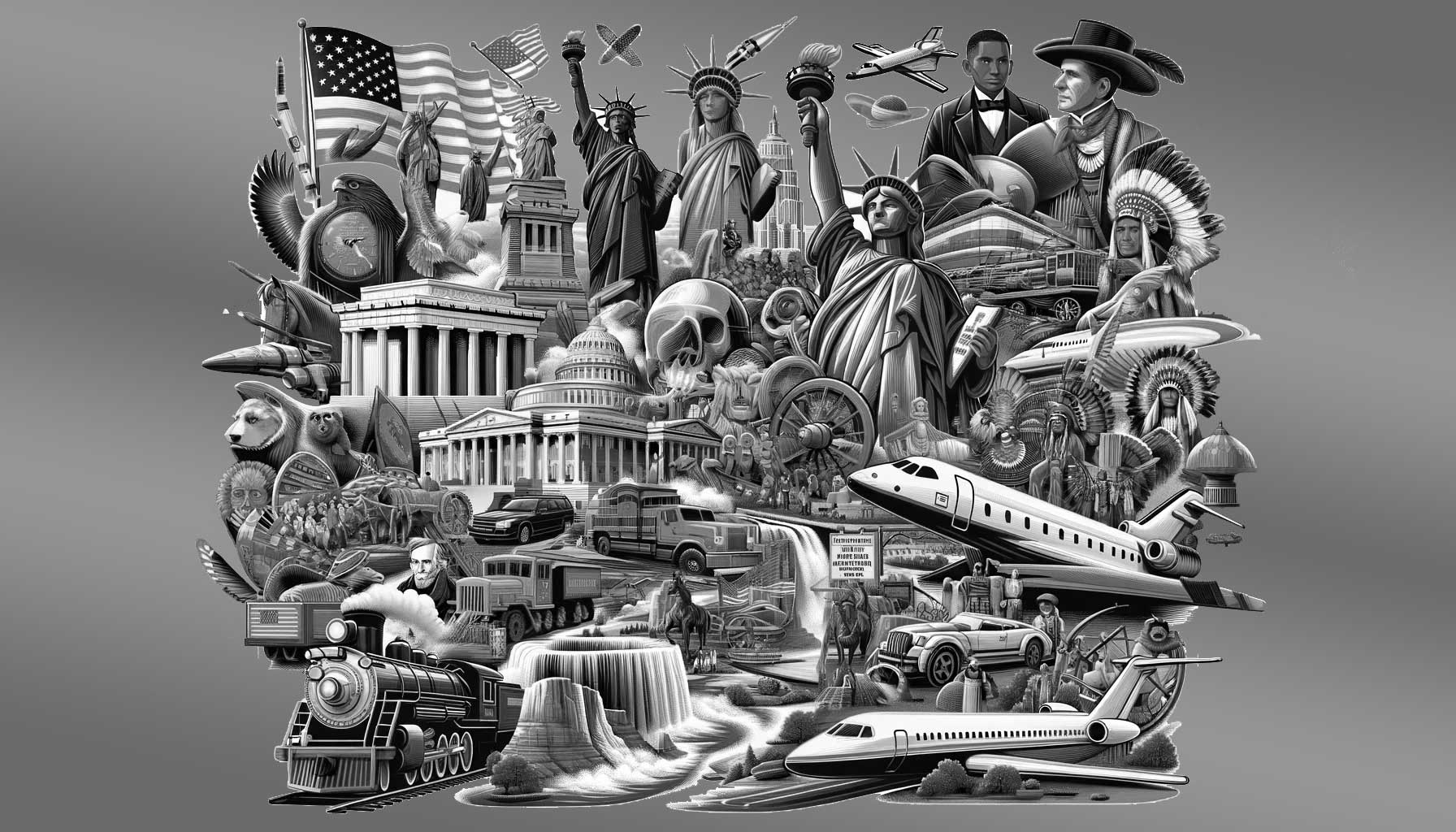Flashback to January 2
American History

The American Civil Rights Movement reached a pivotal juncture on September 4, 1957 in Little Rock, Arkansas. On this notable day, the roll call of historical figures involved included Orville Faubus, then-governor of Arkansas. Faubus manipulated his power in a desperate, racially-driven stratagem, deploying the National Guard to bar nine black students from enrolling at Central High School in Little Rock. This egregious event, often referred to as the Little Rock Crisis, stands as an emblematic pillar in the history of civil rights, underscoring the struggle for racial equality in the United States.
Governor Orville Faubus, a southern Democrat, was perceived as a moderate on racial issues prior to the Little Rock Crisis; however, this event exposed his separationist views. Under the guise of maintaining law and order, Faubus exploited his gubernatorial powers to exemplify resistance to desegregation within the American education system. Deploying the National Guard to impose racial segregation was a theatrical and dramatic plot that showcased blatant racial injustice and inequality.
The nine black students, commonly referred to as ‘The Little Rock Nine,’ found themselves in the midst of a civil rights storm that initiated a powerful ideological struggle across the country. This incident profoundly marked the tumultuous period during which African Americans tenaciously fought for desegregating public schools and other public spaces.
In a broader context, the Little Rock Crisis championed the federal intervention in the Civil Rights Movement. Despite Faubus’ attempts to preserve the antiquated Jim Crow laws of racial division, the federal government, under President Dwight D. Eisenhower’s leadership, intervened, sparking critically significant progress in the fight for racial equality. Eisenhower, in response to Faubus’ positioning of the National Guard, sent in federal troops to enforce the Supreme Court’s 1954 decision in Brown v. Board of Education — that segregation in public schools was unconstitutional.
This ground-breaking event germinated as a galvanizing centerpiece in the struggle against racial injustice and symbolizes a turning point in the American Civil Rights Movement. The Little Rock Crisis was responsible for urging the federal government to assume a more assertive role in enforcing civil rights laws and court rulings, setting a precedent for further positive reforms.
Moreover, the event sparked widespread public debate, which helped bolster the Civil Rights Movement nationwide by drawing increased attention to the issues of segregation and racial inequality. Indeed, the vivid images of young, brave black students being barred entry from a public school by National Guardsmen under orders from a defiant, segregationist governor shook the ethical conscience of the nation and the world.
At its core, the saga of Orville Faubus and the Little Rock Crisis illuminates the stark realities of racial antagonism in the United States during the mid-20th century. Faubus’s interference served to galvanize a nationwide passion for social justice and played an essential pivot in the trajectory of the Civil Rights Movement.
It’s significant to remember and understand the Little Rock Crisis not just as a historical occurrence, but as a battle in the larger war still being fought today – the war against racial inequality. This event, sparked by the actions of Governor Orville Faubus and played out at Central High School in Little Rock, is a testament to the resilience of those who fought and continue fighting for freedom and equality for all, irrespective of color or race.
Through revisiting the historical annals of America, like the Little Rock Crisis, we continue to be reminded of the striking skirmishes in the struggle for civil rights and can draw inspiration for the ongoing fight for racial equality. To celebrate the indomitable spirit of the Civil Rights Movement, it’s paramount to acknowledge how a Southern governor, a National Guard brigade, nine courageous black students, and a high school in Little Rock spearheaded an era of monumental change in the social and political landscape of the United States.
We strive for accuracy. If you see something that doesn't look right, click here to contact us!

